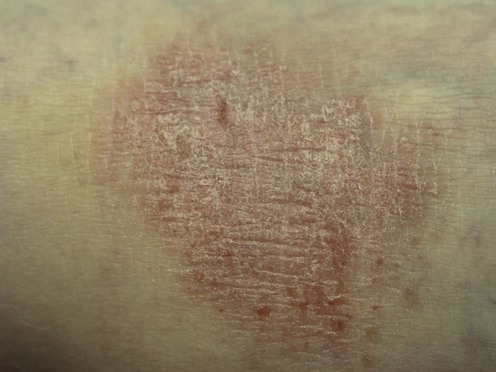Lichen simplex chronicus

First-line therapies
A double-blind, multicenter trial of 0.05% halobetasol propionate ointment and 0.05% clobetasol 17-propionate ointment in the treatment of patients with chronic, localized atopic dermatitis or lichen simplex chronicus.
Datz B, Yawalkar S. J Am Acad Dermatol 1991; 25: 1157–60.
Buy Membership for Dermatology Category to continue reading. Learn more here


 Topical corticosteroids
Topical corticosteroids Occlusion – flurandrenolide tape
Occlusion – flurandrenolide tape Intralesional corticosteroids
Intralesional corticosteroids